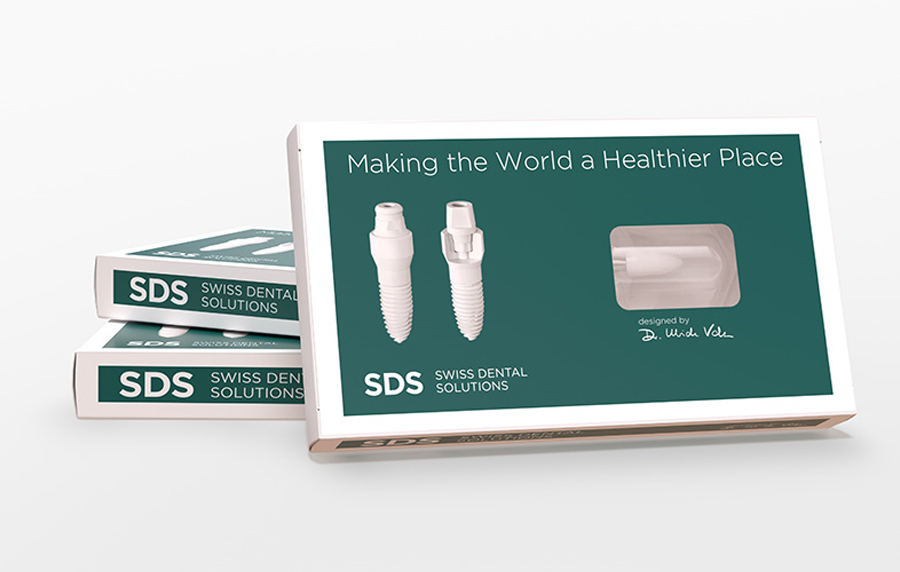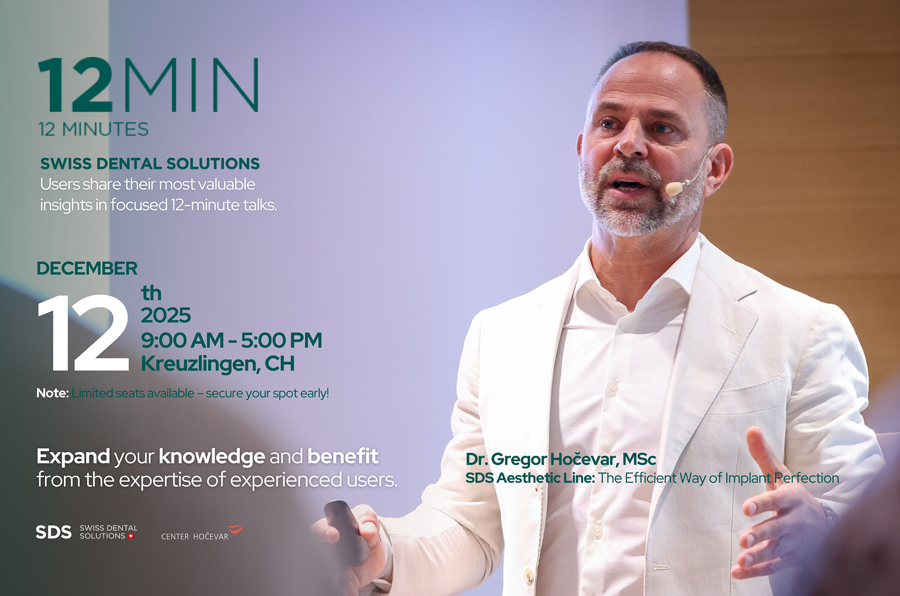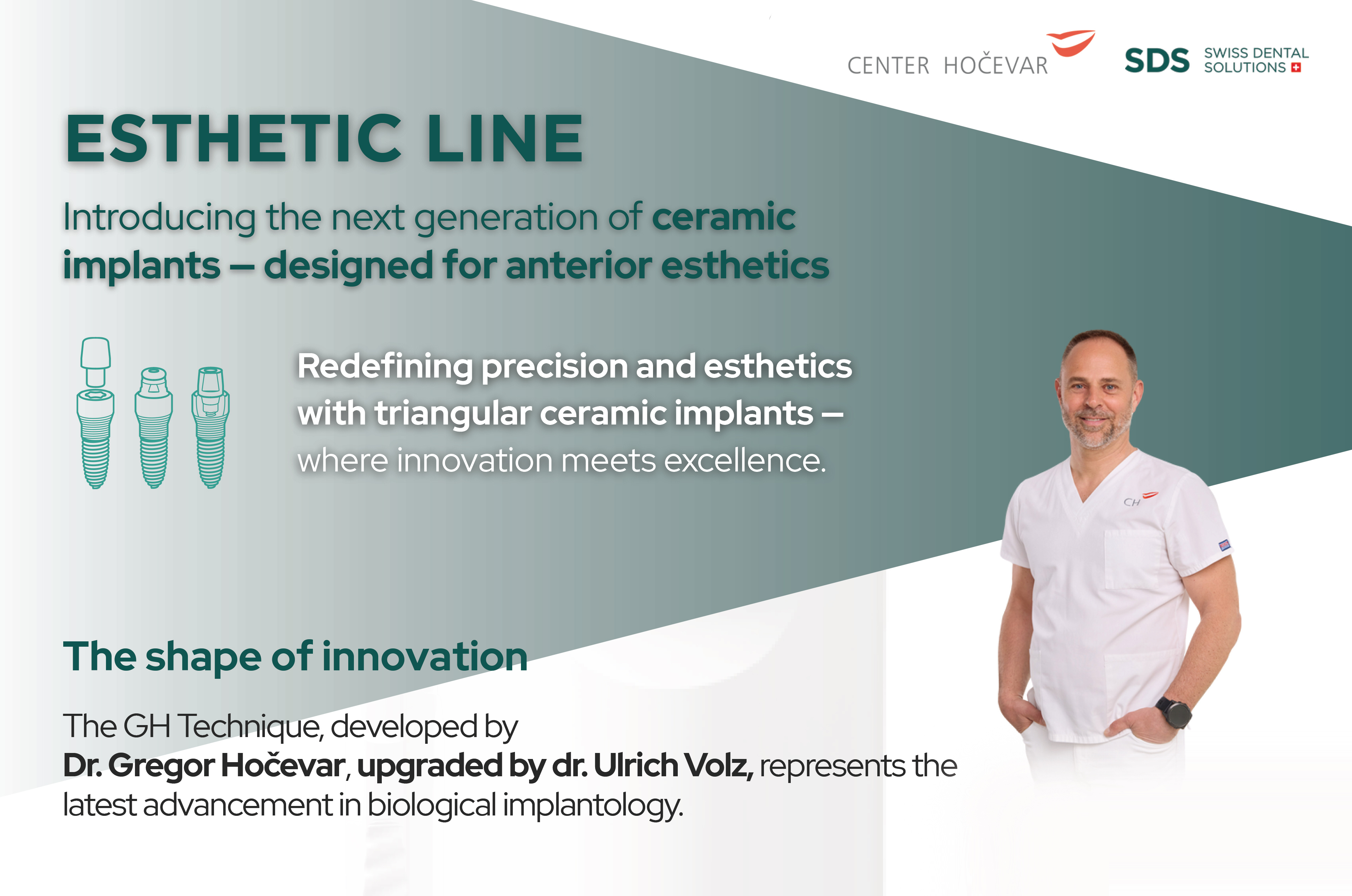“Tartar is mineralized plaque that forms on teeth like a type of a biofilm. The terms mineralized and calcified plaque are used. It is the transfer from a soft to a hardened state, from plaque to tartar. Dental and bacterial plaque can be removed through thorough brushing, flossing, and the use of interdental toothbrushes. Theoretically, if the teeth are clean, there is no chemical reason for the tartar to even form,” explains Gregor Hočevar, dr. dent. med.
Teeth stains and tartar
Tartar can be milky white, yellow or even dark brown. It is usually divided into two types: above the gum and beneath the gum. “You can see it above the gum, but what’s underneath the gum is hidden and thus very dangerous. The latter is often darker due to chemical processes – the bacteria dissolves the tissue, the tissue bleeds and hence the stains,” explains Hočevar.
Tartar can have additional stains due to the food you eat (coffee, caffeinated tea, cigarettes – nicotine, food coloring). The color of the tartar should not be confused with black plaque that forms on teeth. Patients often confuse the two and think that the black plaque on their teeth is tartar. It is not, and it is actually not harmful – it’s just stains that form on the teeth. Stains are removed through polishing, mainly for aesthetic purposes.
What influences the formation of tartar?
As previously mentioned, oral hygiene is crucial. Bacteria on teeth need food for their survival. The more sugar we put into our bodies, the better the environment is for them, the more they reproduce and the faster plaque forms on teeth. The film that forms on the surface of the teeth is resistant to mouthwash. Plaque must be removed mechanically, meaning by brushing, flossing and using an interdental toothbrush. No plaque, no tartar.
However, for the formation of tartar there are additional key factors in the saliva and salivary glands. The most tartar forms by the secretory ducts, as Dr. Hočevar explains: “The most tartar forms on the back sides of the bottom front teeth and the front sides of the upper side teeth. That is exactly where the main glands have their secretory ducts.” Mineralization thus depends on every individual, saliva and the area in the mouth.
“Some people are more susceptible to tartar, others are more tolerant. This means that someone can go days without brushing their teeth but still manage to remove all the plaque which stayed soft; someone else can forget to brush for one day, but their saliva has such strong mineralization factors that in that one day, tartar forms,” says Hočevar.
Plaque and tartar also form more commonly in the deep periodontal pockets, and a good environment for plaque is also bad, decrepit, broken and rough fillings and decrepit and bad prosthetic substitutes. People who wear fixed braces should pay special attention to oral hygiene.
Removing tartar
“Stained plaque can often be polished with a special brush and a special polishing paste. Air abrasion is another option, by using a special pressurized powder. But with hardened tartar, ultrasonic scaling is performed to remove it from the surface of the tooth. This can be done only by a dentist or a dental hygienist,” explains Dr. Hočevar.
Tartar is removed without anesthesia and the procedure itself can be slightly painful. We cannot remove the tartar ourselves; in fact, if we rub too hard, we might injure the gum.
Author: Klavdija Škrbo Karabegović



















